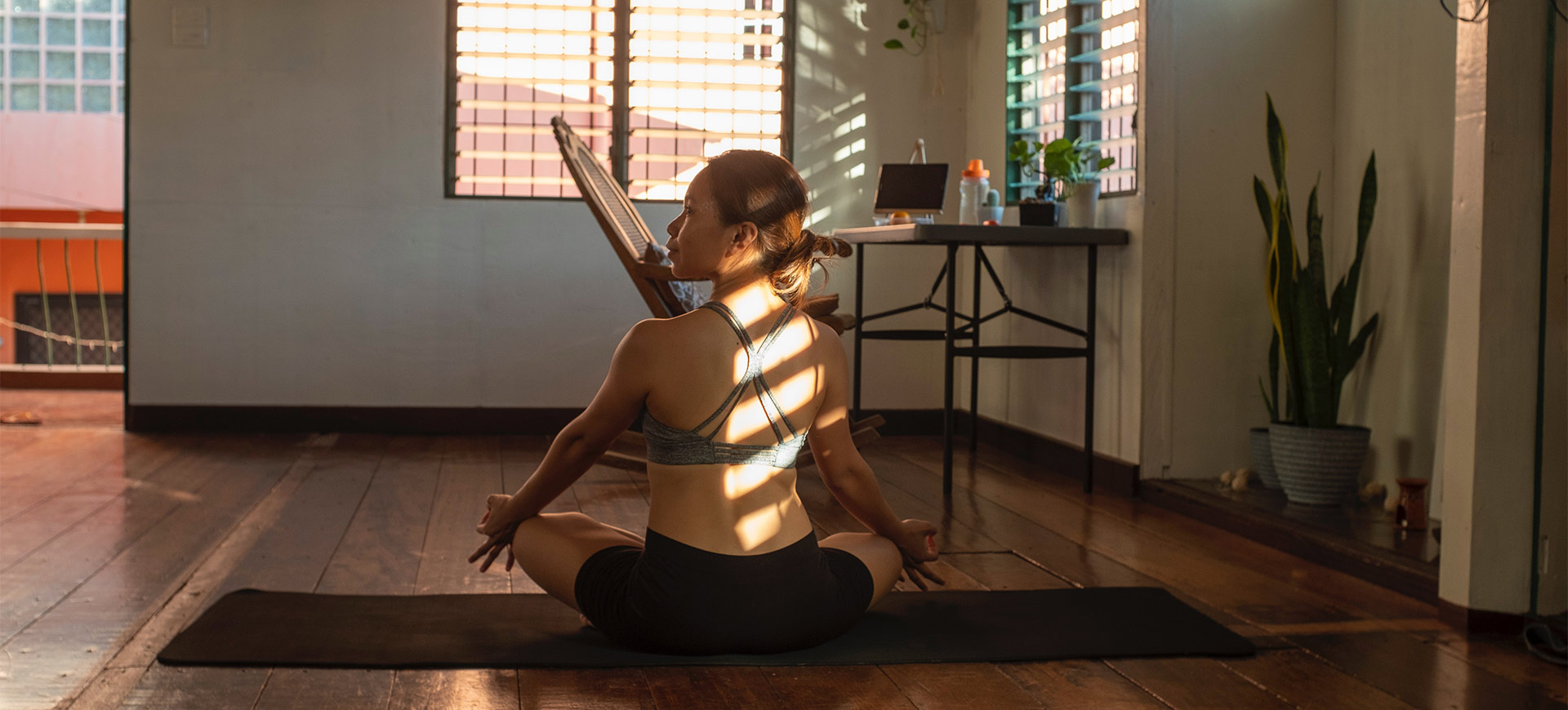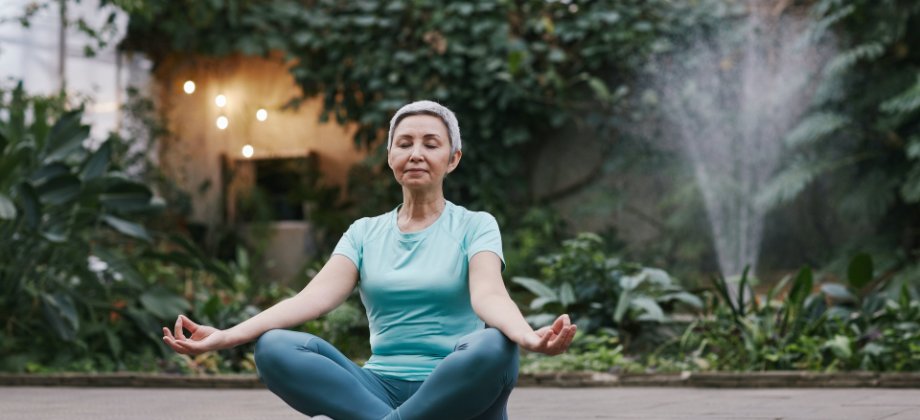
How To Make Your Yoga Studio More Eco-friendly
At last, after so long, some of us are almost getting ready to unroll our mats, dust off all props and finally turn on the lights of our beloved yoga studios. This while others are already open for a while or may not see a possibility to open anytime soon.
To do so though, we all well know the drill: in order to reopen in complete safety and prevent spreading the virus, we will all need to make sure our studio is fully sanitised and ready to welcome our students;
And yet, whilst the virus will hopefully be a “manageable” issue for us in the future, there’s a bigger danger that is still dramatically increasing by the day, involving not only us, but our entire ecosystems, and that is climate change.
You might wonder: “but what’s my part in it”?
Well, you probably don’t yet know but your studio, yes, even your sacred space, can seriously impact our environment.
Think about it, how much light or heat do you usually need for your classes? How much extra-waste do you produce every day? All those disposable paper towels, gloves, polluting chemical products you use to clean your studio, they affect our planet too.
It helps us reconnecting with the outside world, it helps saving the planet, and even your wallet.
And we may have to make some changes with the post-pandemic measures our studio is going to take, which will require extra-care into our daily cleaning routine.
But there’s more: a recent study led by researchers of Miami University also found that microfibres from washing yoga kits contribute to ocean microplastic pollution.
There’s yet a spark of hope, as the yoga industry is taking big steps toward sustainability, promoting the production of biodegradable materials and an overall sustainable lifestyle.
Following this idea, a great number of studios are now becoming more and more aware of the problem, creating a real green revolution; they’re starting from the small things, like saving water and electricity as much as possible, to bigger changes, like installing solar panels and using LED technology to light up their spaces.
Well, you might haven’t thought about it but the first step toward sustainability is actually obvious yet crucial: start by cultivating a more conscious and non-harmful behaviour toward our environment. Afterall, isn’t the concept of consciousness itself, as well as that of ahimsa, non-harming, fundamental principles of the yogic lifestyle?
In order to concretely do this though, it seems clear that we all need to change some habits and behaviours. Want to contribute from your studio too, but don’t know where to start?
Read on our short eco-guide and you’ll find out more…

Try to avoid Synthetic fibres
Consider buying natural fabrics like cotton, linen, or hemp instead: they’re light, comfortable and being breathable fabrics. Also check out bamboo, as its quick regrowing process makes it a rather sustainable resource.
If you look around, you will see that there’s a huge choice of brands that offer a variety of beautifully made organic yoga clothes; you’ll just need to find those that are made for you.
Also remember to check out your local stores, rather than buying online: it saves CO2 and supports small businesses too!
Use Biodegradable props and mats
Let’s face it: many of us still have those PVC yoga mats, and use plastic props during our classes. But the moment your props need replacement will come sooner or later. When this happens you can consider buying yoga mats or blocks fully made with recycled materials.
Cork is also being used as a valid alternative: its highly absorbing properties can ensure a great grip, which makes it a perfect tool for both teachers and students of all levels.
Avoid using chemical products
Did you know that your studio can even lessen its carbon footprint? Obviously, the smartest idea would be installing solar panels, but if you have a tight budget you can still do something good: try using for example, nontoxic paints when redecorating your space and avoid chemical cleaning products. You can either substitute them with more eco-friendly ones you can find in grocery stores, or if you want to go “extra-green” try making your own cleaning product by mixing lemon juice, vinegar, and essential oils; all commonly known for their natural cleansing properties.
It requires such small changes in our lives but they surely make a huge change for our planet.
Reduce waste
Another clever way you can make your studio go green is to reduce waste as much as possible; it’s time to replace those old disposable paper towels with cloths, possibly biodegradable, and ban plastic from your studio by asking your students to bring their personal refillable water bottles or reusable straws.
If your studio has a café you could try to minimise waste there too: a nice and eco-friendly solution would be offering homemade bio-snacks and desserts. When it comes to the drinks, you could prefer serving loose leaf tea rather than tea bags and use biodegradable coffee cups, as they’re cheaper and more sustainable than those made out of plastic.
Use natural light and fresh air
Our next advice would simply be to turn off the lights during your morning classes, when it’s not too cold and if the room is not too dark, and open the window to enjoy some warm sun light and nourishing fresh air; it helps us reconnecting with the outside world, it helps saving the planet, and even your wallet.
Ultimately, I hope this last tip, as well as all of the above, has proven how easy it actually is to combine our necessities, our yogic lifestyle and our business with an eco-friendly mindset, because it requires such small changes in our lives but they surely make a huge change for our planet.






